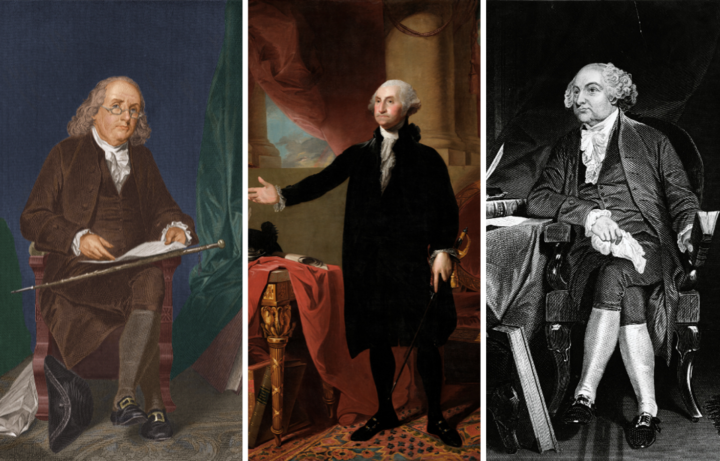American history often regards its Founding Fathers as heroes. After all, they were the first colony to break away from England successfully and, in doing so, created an entirely new political system. But would we still hold the Founding Fathers in such high regard if history class had taught us these disturbing facts about
them? We’re not saying they weren’t revolutionary people; we’re just saying history class should teach its students about the good, the bad, and the ugly aspects of the Founding Fathers’ lives.
Benjamin Franklin literally had skeletons in the closet
Benjamin Franklin is typically associated with flying a kite in a thunderstorm – not having human remains in his basement. Franklin lived in London for nearly 20 years before moving to America and signing the Declaration of Independence. However, in 1998, conservationists discovered the remains of 15 bodies in a secret, windowless room in the basement of his London home.
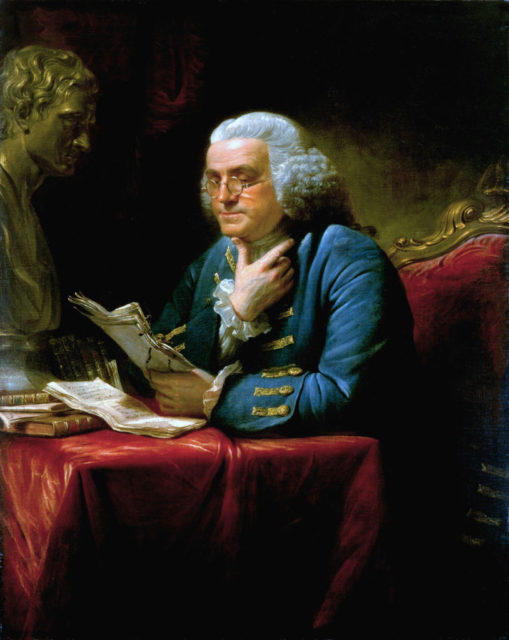
Over 1,200 pieces of bone from 15 different individuals were retrieved from the home. Six of these individuals were children. Skulls, arms, and leg bones were all discovered at the site.
Luckily, it seems that Benjamin Franklin was not a secret mass murderer. The most plausible explanation is that the bones came from an anatomy school run by Franklin’s friend and protege, William Hewson. At that time, anatomy was still a practice in its infancy. Society frowned upon the study, and early anatomists had to turn to grave robbing, which was illegal.
Researchers believe that Hewston established the anatomy lab in the basement of Franklin’s home, as he was a trusted friend. The Benjamin Franklin House believes that Franklin was probably aware of the illegal studies in his building, but they are doubtful that he was ever involved in it.
George Washington abused legal loopholes to permanently enslave people
George Washington became a slave owner at age 11, and at the time of his death, he personally owned 123 slaves. In the days before Washington D.C., he lived in New York and Pennsylvania – northern states slowly working to abolish slavery. However, Washington used legal loopholes to avoid freeing his slaves even as the states he lived in worked toward abolishing slavery.
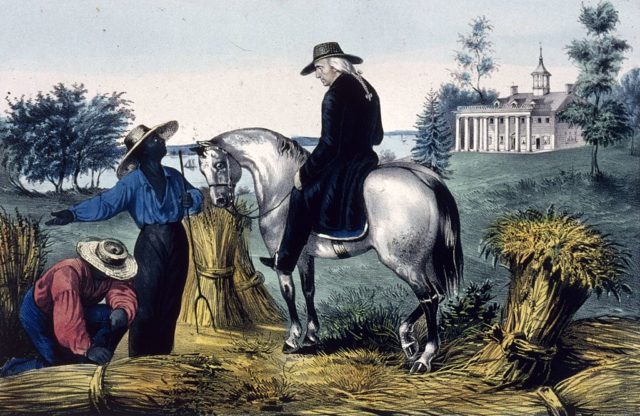
In 1780, Pennsylvania passed the Gradual Abolition Act. This law freed enslaved people after they turned 28 years old, and automatically freed any slave who was moved to Pennsylvania for more than six months. However, Washington utilized loopholes
to ensure his slaves were never freed. Every six months, his slaves would travel back to Mount Vernon or go with Washington’s wife outside the boundaries of Pennsylvania. In doing this, Washington would automatically reset the clock for his slaves.
Many of the Founding Fathers were constantly drunk
Truthfully, we would love to time travel back to the Founding Fathers’ time to see them party. Many of America’s Founding Fathers consumed outrageous amounts of alcohol. In fact, they probably had a lot of liquid courage before doing many of the brave things they are remembered for during the Revolutionary War.
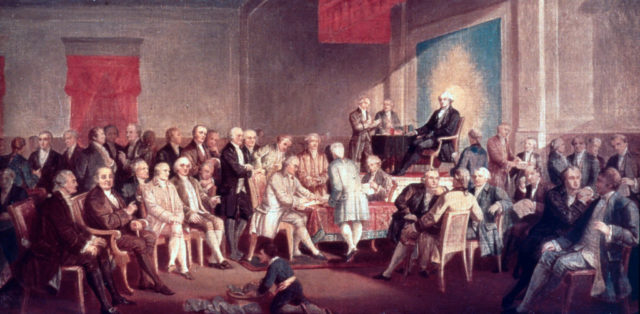
The Founding Fathers and early American colonists were fans of alcoholic beverages. In fact, Colonial Americans drank roughly three times as much as modern-day Americans. It was typical for American colonists (including the Founding Fathers) to have a few beers by lunchtime each day.
Gouverneur Morris died in the weirdest way
Gouverneur Morris is a lesser-known Founding Father but he had an essential role in American independence. In fact, Morris tweaked the language in the American Constitution so much that he is sometimes referred to as the “Penman of the Constitution.” After the Constitutional Convention, Morris served as a minister to France and become a New York senator.
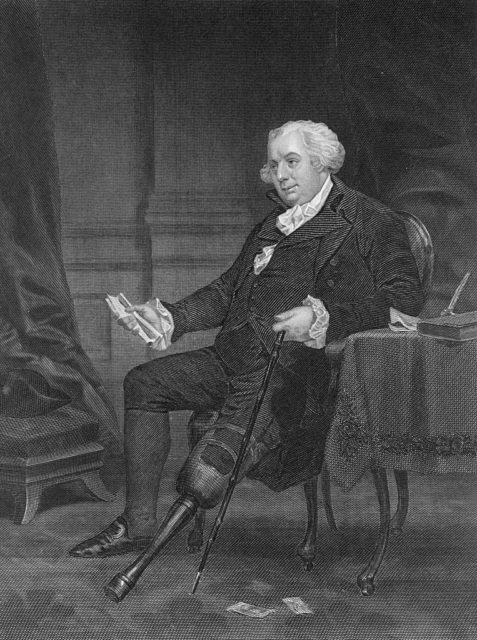
Morris is worth learning about not just because he was a Founding Father, but because he died in such a peculiar way. He had fallen extremely ill by 1816, with gout wreaking havoc on his internal organs. Morris was bedridden but experimented with numerous remedies he hoped would cure his illness. One of Morris’s more pressing issues was a urinary blockage. Panicked over his inability to urinate, Morris inserted a sliver of whalebone into his urethra in hopes of clearing the blockage.
Sadly this experiment resulted in Morris’s death, as his inner tissue was torn and inflamed. He developed an infection and subsequently passed away on November 6, 1816.
The bone-chilling story of Thomas Paine’s… bones?
Thomas Paine is one of the most famous political writers in history, famously publishing Common Sense in 1776 to advocate for American Independence. Paine’s skeleton was dug up ten years after his death by his one-time enemy William Cobbett. In 1819, Cobbett visited Paine’s grave, which had fallen into neglect in the years after his death. Cobbett decided that since America had apparently turned their back on Paine, he would bring his remains back to England. When he returned to England with Paine’s bones, he suggested that a mausoleum be built, with money being raised by public subscription. However, the idea was so unpopular that Cobbett never bothered trying to raise any money for Paine’s proposed mausoleum.
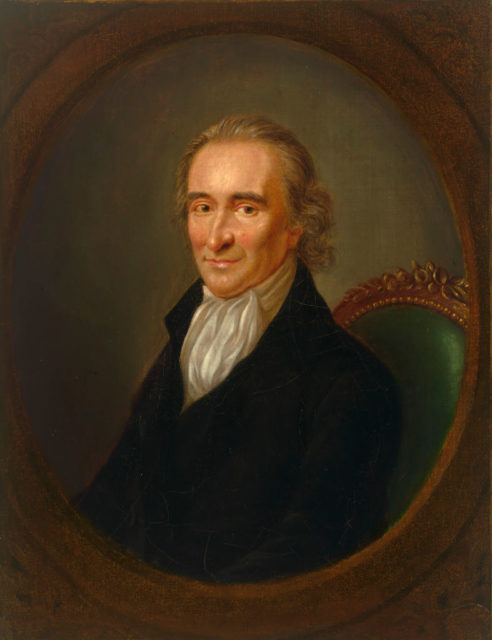
After Cobbett died in 1835, his son auctioned off his belongings, including the bones. Ultimately, no one knows what came of Paine’s remains. Many people have claimed they had pieces of Paine’s bones or knew where they were, but his remains are seemingly lost to history.
Patrick Henry locked his mentally-ill wife in his cellar
Patrick Henry is remembered for his now-famous line, “give me liberty or give me death,” but it should also be known that he locked his mentally-ill wife in his cellar. Patrick Henry and Sarah Shelton married in 1754 and had six children together. After the birth of their last child, Sarah Shelton became increasingly unwell – most likely suffering from postpartum depression.

It was clear that Sarah was ill, often becoming violent and having to be restrained with a straight dress (an early form of the straight-jacket). Doctors recommended that Sarah become a patient at the Eastern State Hospital recently opened in Williamsburg, Virginia, for the mentally ill. However, mental illness was very misunderstood during the eighteenth century, and as a result, many hospitals severely mistreated their patients. Treatments in mental hospitals around America were extremely harsh.
Patrick Henry did not want to send his wife to the Eastern State Hospital because he didn’t want her to endure the “treatments” that other patients received.
So Sarah remained at home, where Patrick Henry created an apartment for her in the cellar of their home where she was looked after by a slave who served as a nurse. In 1775, Sarah died, probably of suicide. Patrick Henry secretly buried his wife and remarried in 1777.
Thomas Jefferson severely abused his slaves
Despite arguing that “all men are created equal,” Thomas Jefferson owned more than 600 enslaved people. Jefferson’s slaves even accompanied him to the White House. For years, Jefferson raped one of his slaves, Sally Hemings. He fathered at least six of her children. Jefferson’s actions were exposed and made public during his first term as president. During his presidency, Sally Hemings and her children stayed at Jefferson’s residence at Monticello.
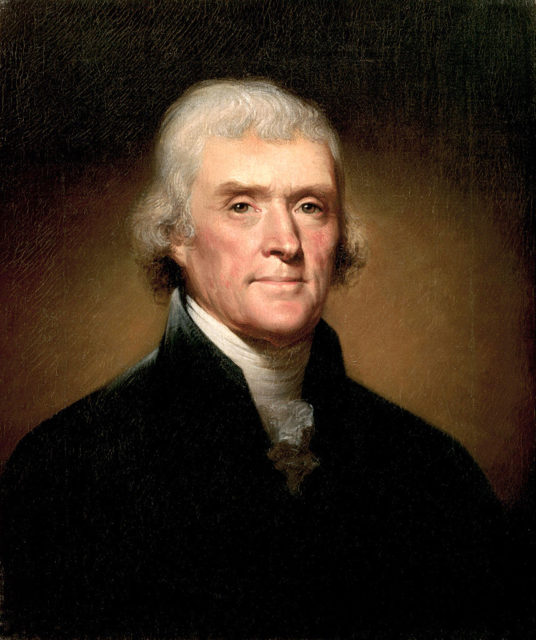
John Adams wanted another monarchy
Despite the fact that he fought so hard for democracy, many people ended up hating John Adams because he favored the establishment of a monarchy in America. As Washington’s vice president, he suggested that the president should be referred to as “His highness, the President of the United States of America, and the Protector of the Rights of the Same.”
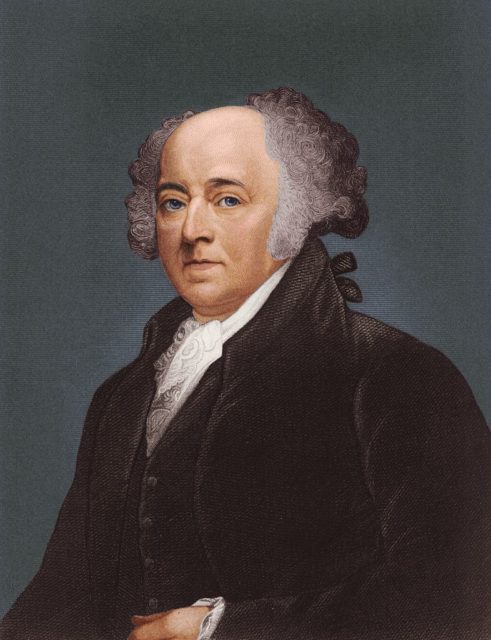
After Adams was elected as the second president of the United States in 1796, his views became more authoritarian. In particular, Adams passed the Alien and Sedition Acts in 1798, which granted the president the right to imprison or deport non-citizens suspected of plotting against the government. This law also sought to punish anyone who spoke out against Adams or the Federalist-dominated government. Because the public saw this law as proof of Adams’s interest in an American monarchy, he only served one term as President of the United States.
George Washington’s dentures were made of the teeth from enslaved people, not wood
One of the most persistent myths in American history is that George Washington’s dentures were made of wood. However, the reality is much darker. Washington had teeth that were made from real human teeth that were taken from enslaved people. According to George Washington’s ledger, in May 1784, he paid six pounds, two shillings to obtain nine teeth that came from enslaved Africans.
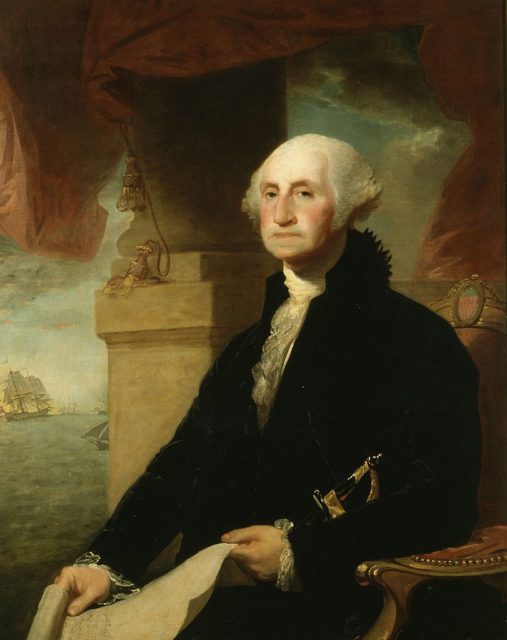
More from us: George Washington’s Sitcom-like Relationship with his Mom
Dentists deemed human teeth to be more preferable to other materials for early dentures. Slaves were paid for their teeth, but usually, it was significantly below market rate and they probably had very little choice or say in this matter.
